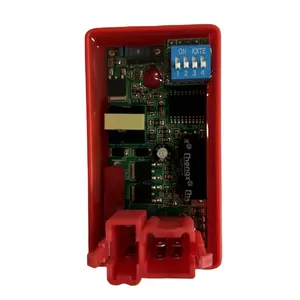Popular in your industry
















Related Searches:








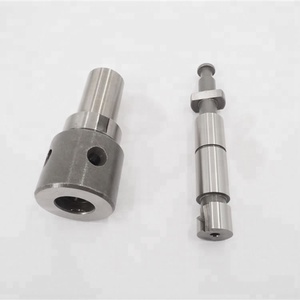



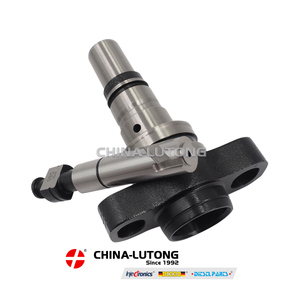

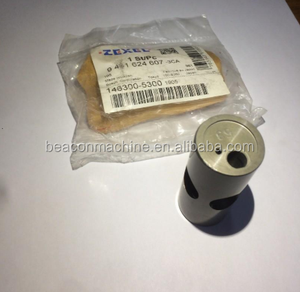




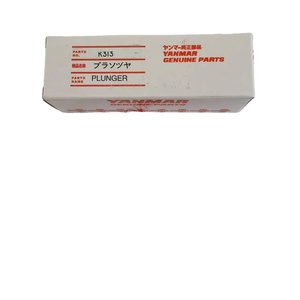
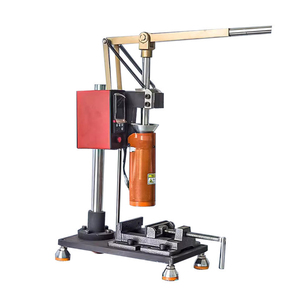


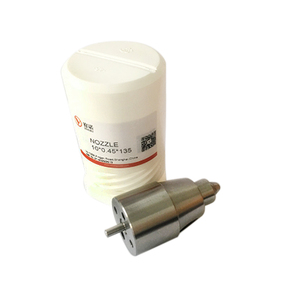
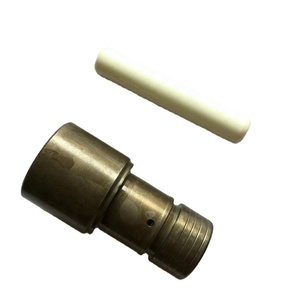

Top categories
About injection machine plunger
Injection molding is a commonly used manufacturing process for producing plastic parts. It involves injecting molten plastic material into a mold cavity, where it cools and solidifies to the desired shape. This process is facilitated by an injection molding plunger, which plays a crucial role in the precision and efficiency of the injection molding machine. The plunger, also known as the reciprocating screw, is responsible for pushing the molten plastic material from the injection unit into the mold.
Characteristics of the injection machine plunger
The plunger in injection molding is typically made of high-strength materials such as hardened steel or other alloys to withstand the high pressures and temperatures involved in the injection molding process. The plunger is precision-engineered to provide a tight seal within the barrel, preventing any leakage of the molten plastic material. This design feature is essential for maintaining the accuracy and consistency of the injection molding process. Additionally, the plunger is designed to move smoothly and efficiently within the barrel, allowing for precise control over the injection of the plastic material. The diameter of the plunger is carefully calibrated to match the internal diameter of the barrel, ensuring a snug fit and optimal performance. This close fit also helps minimize wear and tear on the plunger and barrel, contributing to the longevity of the injection molding machine.
Application of the injection machine plunger
The ring plunger in injection molding is a critical component of plunger-type injection molding machines, which are commonly used for their versatility, efficiency, and ability to handle a wide range of materials. Plunger-type injection molding machines are often preferred for their ability to deliver precise and consistent shot sizes, making them suitable for manufacturing complex and high-precision plastic parts. These machines are widely used in various industries, including automotive, electronics, medical, and consumer goods, to produce components such as gears, housings, connectors, and medical devices. The plunger type injection molding also finds applications in the production of small to medium-sized plastic parts, making them a popular choice for manufacturers seeking cost-effective and efficient solutions for their injection molding needs.
Advantages of using the injection machine plunger
The use of the plunger injection molding offers several advantages in the injection molding process. The plunger's ability to provide precise control over the injection of molten plastic material contributes to the production of high-quality and dimensionally accurate parts. This precision is essential for meeting tight tolerances and specifications in various industries. Additionally, the efficient and consistent operation of the plunger helps optimize the overall cycle time of the injection molding process, enhancing productivity and reducing manufacturing costs. The plunger's robust design and materials contribute to its durability, ensuring long-term performance and minimizing the need for frequent maintenance or replacement. Furthermore, the adaptability of plunger-type injection molding machines to a wide range of materials, including engineering plastics and thermoplastics, makes them a versatile solution for diverse manufacturing applications.




